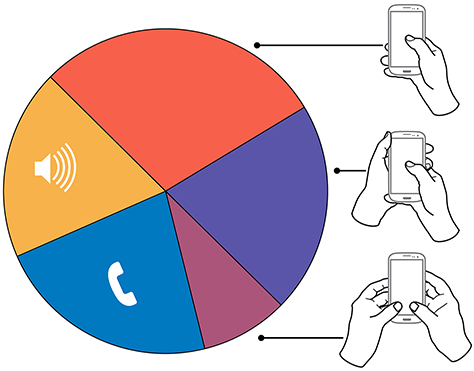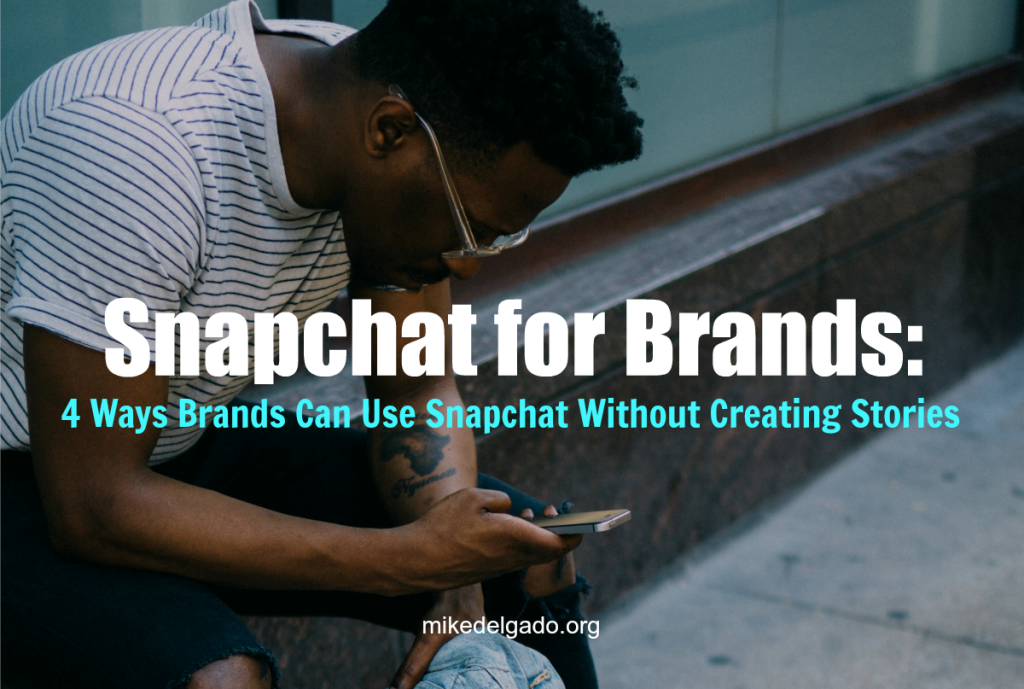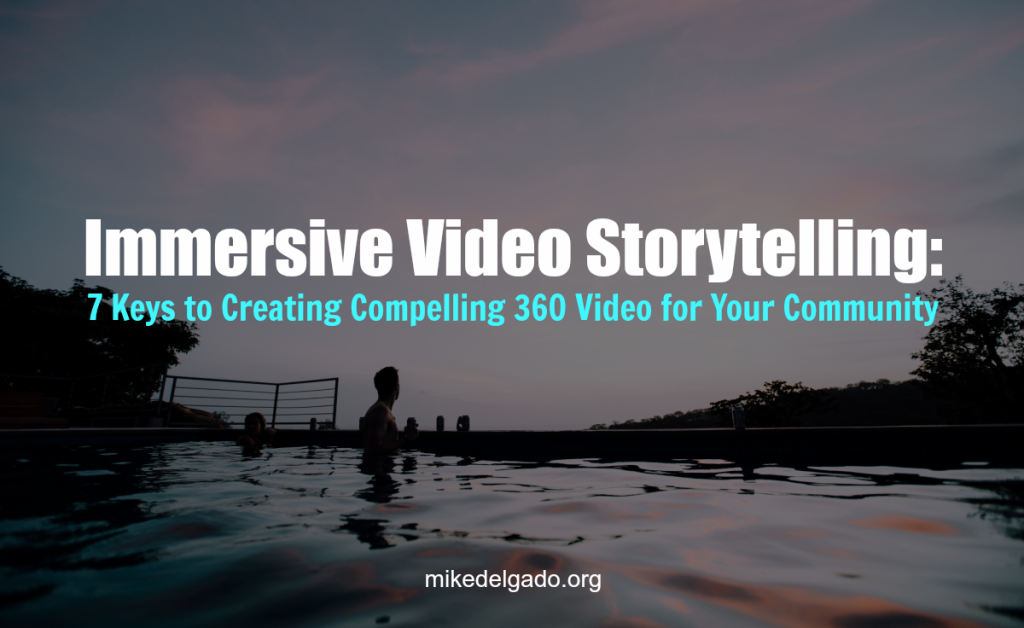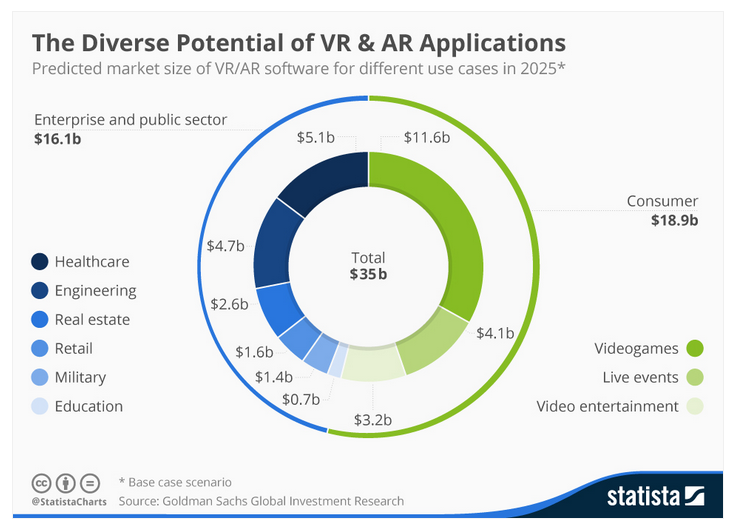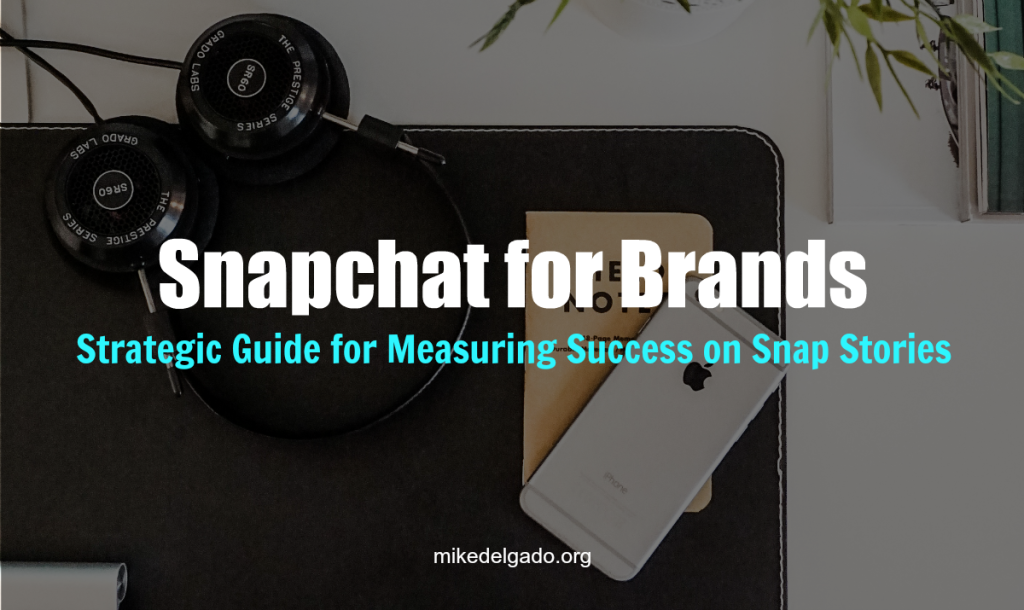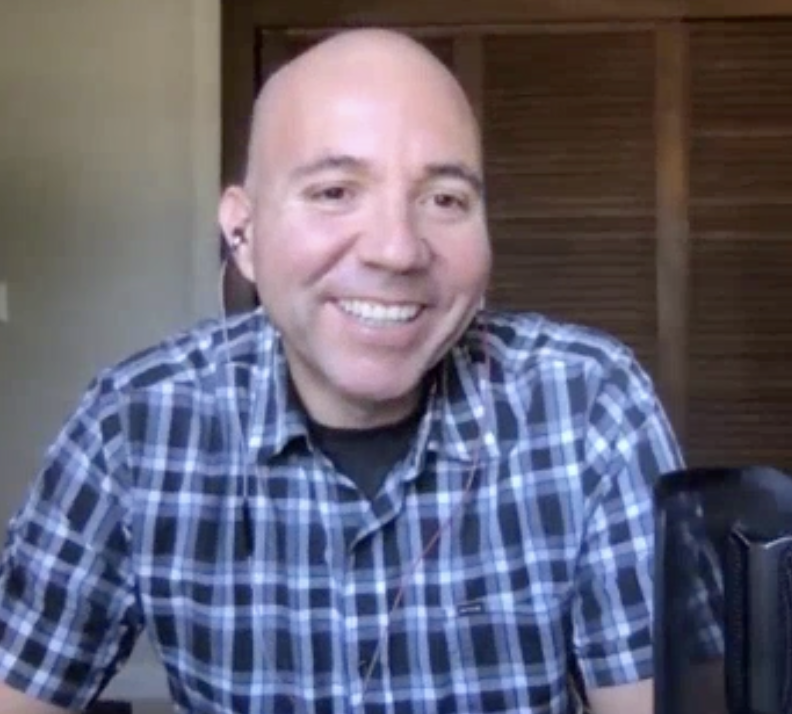Pursuing Reconciliation on Social Media & Handling Online Conflict in Redemptive Ways – Douglas S. Bursch
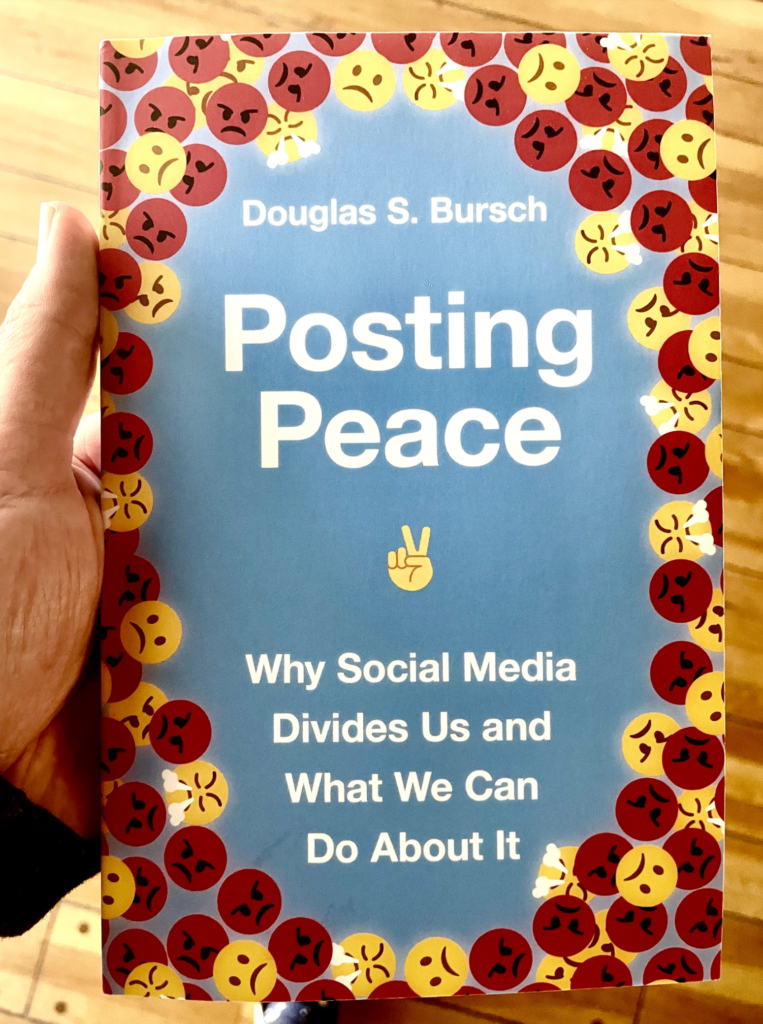
Nizhnesortymskiy How should we use social media channels in redemptive ways? And how do we seek peace and reconciliation on social media when we get criticized for our ideas?
Douglas S. Bursch’s awesome new book “Posting Peace: Why Social Media Divides Us And What We Can Do About It” provides insights into our polarized social media streams, how social media impacts our thinking, and ways we can use more empathy in our social media conversations. He also provides us with a powerful framework on how to be peacemakers on social media — and how to seek reconciliation (even with those who we deeply disagree with). He says:
“Our ability to instantly respond or comment about anything and everything makes social media a highly charged, emotionally visceral enivronment. Wisdom and thoughtfulness thrive in contemplation, meditation, prayer, and introspection over time. However, the internet rarely encourages contemplative processing.”
This book convicted and challenged me to think more deeply about my own social media posts — and to think critically about my motivations for sharing certain viewpoints. He reframed my thinking on how I think about negativity on social media and trolling behaviors. He also revealed the selfish ways that I use social media (and often stay in my own echo chambers) — which doesn’t help me build empathy for those that I disagree with.
His pastoral perspective on social media helped me to see the ministry work that I need to pursue. He says:
“We must embrace our vital, sacred calling to live out the ministry of reconciliation in our social media contexts and recognize the strategic role we play in the formation of social media culture. To transform the culture, we need to be intentional in all of our online encounters.”
This book provided me with helpful insights on ways to think critically about every like, share and comment — and to remember my calling to pursue peace and reconciliation.
You can get your copy of Posting Peace: Why Social Media Divides Us & What We Can Do About It from InterVarsity Press or any of your favorite online booksellers. You can also learn more about his ministry at FairlySpiritual.com.
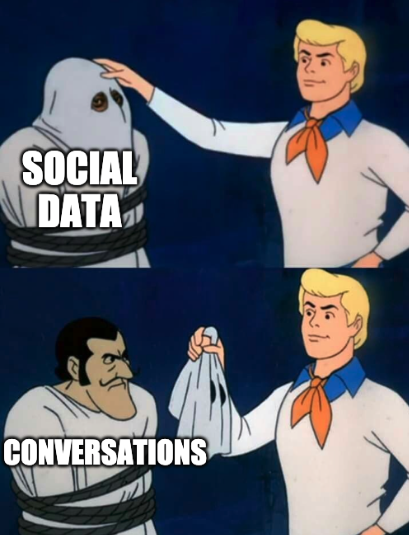 Social media monitoring is vital for understanding our target audiences and knowing what sort of content we need to create to be helpful.
Social media monitoring is vital for understanding our target audiences and knowing what sort of content we need to create to be helpful.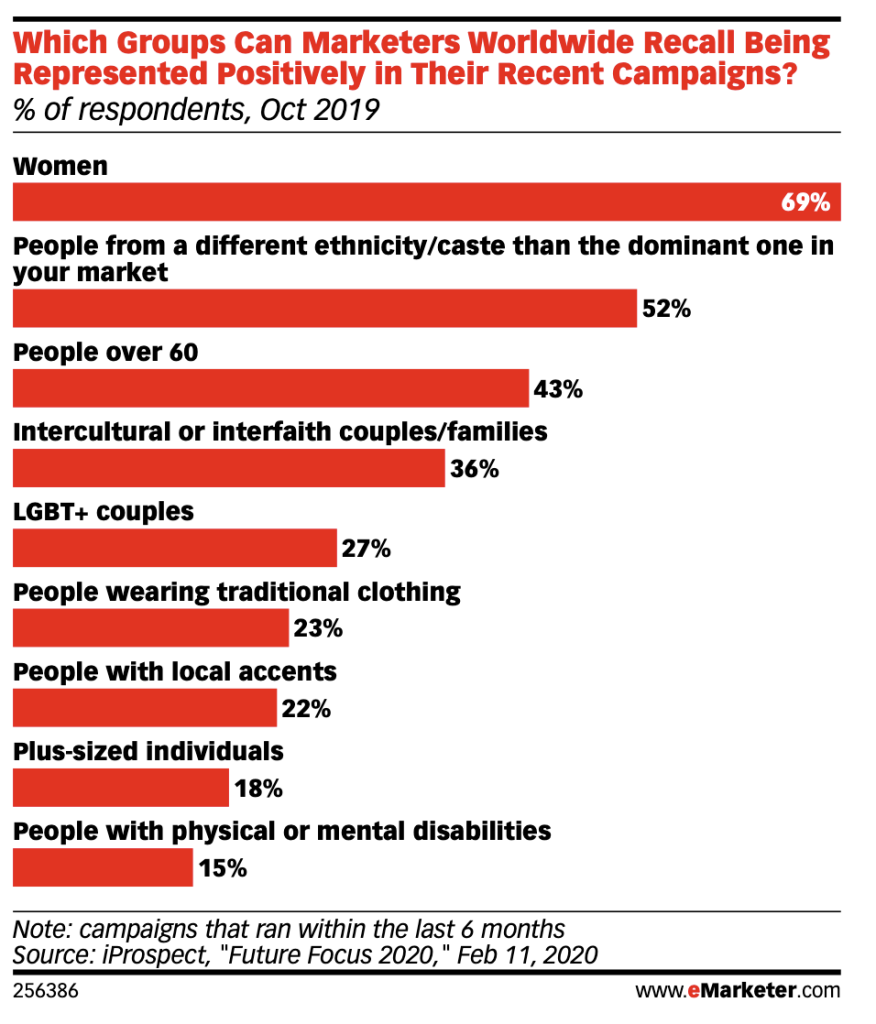 The November 2020 “
The November 2020 “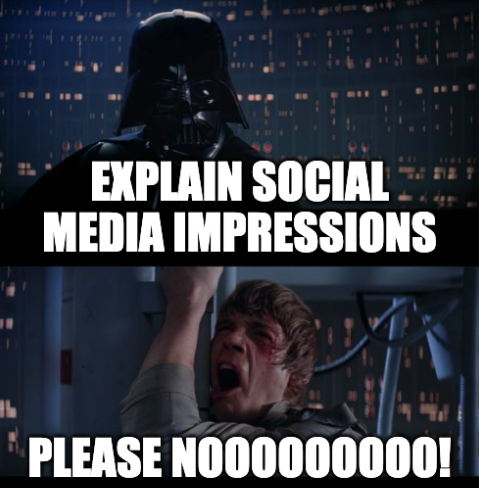 Defining an impression is tricky — and often confused with social media reach.
Defining an impression is tricky — and often confused with social media reach.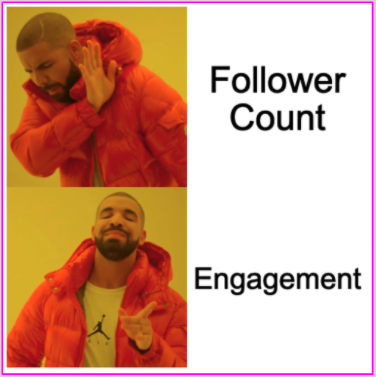 ur social media roles and think about the data sets that are important and actionable for business leaders.
ur social media roles and think about the data sets that are important and actionable for business leaders.